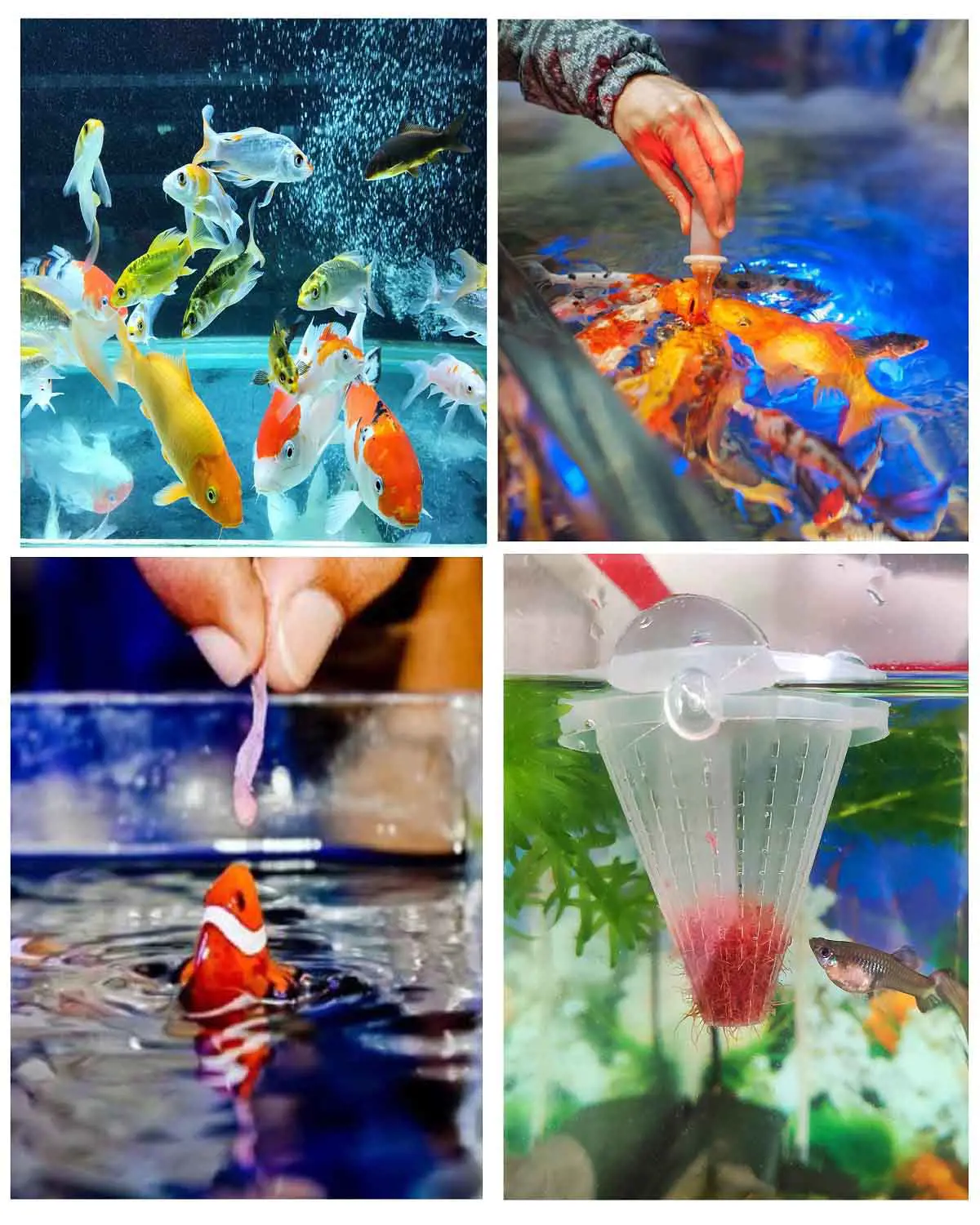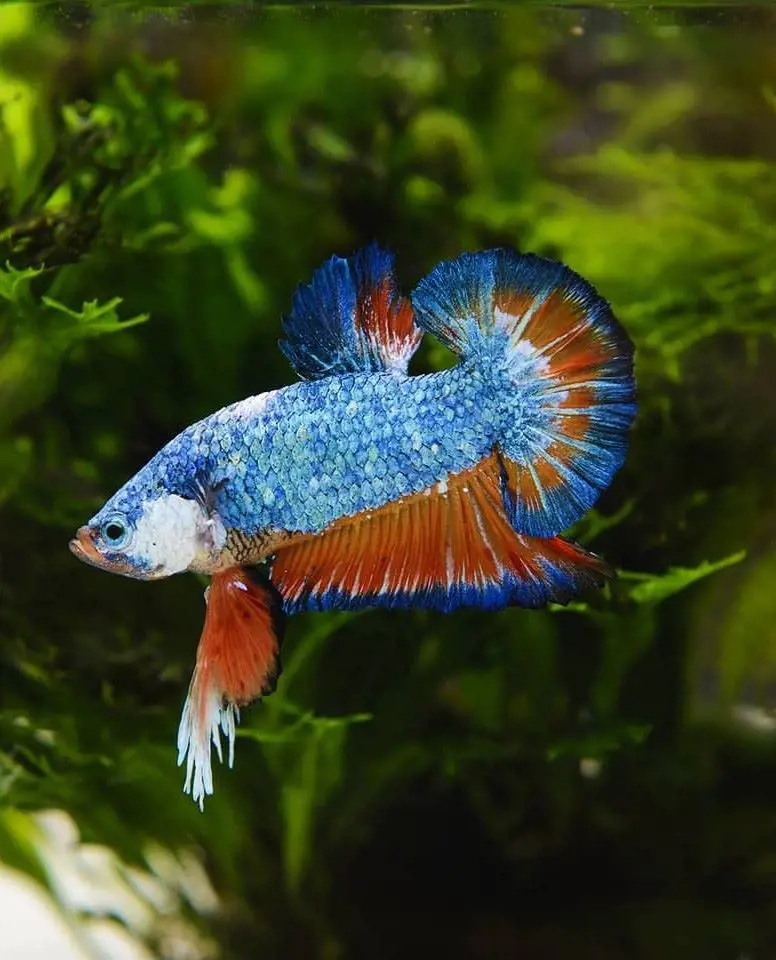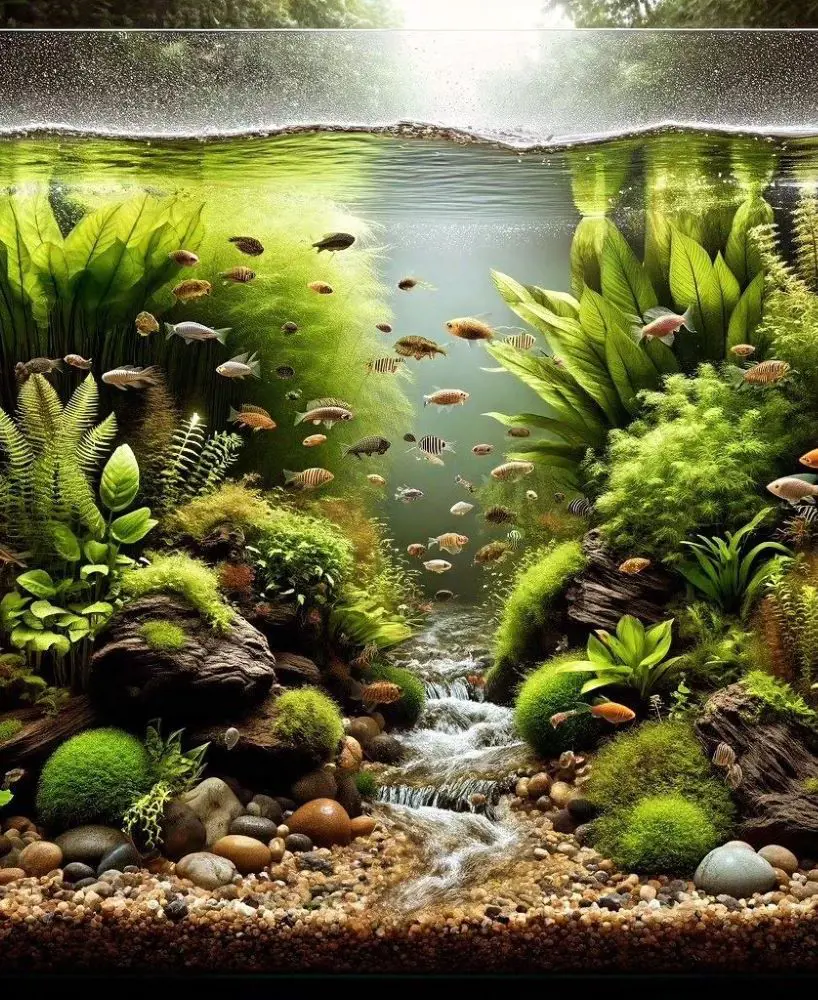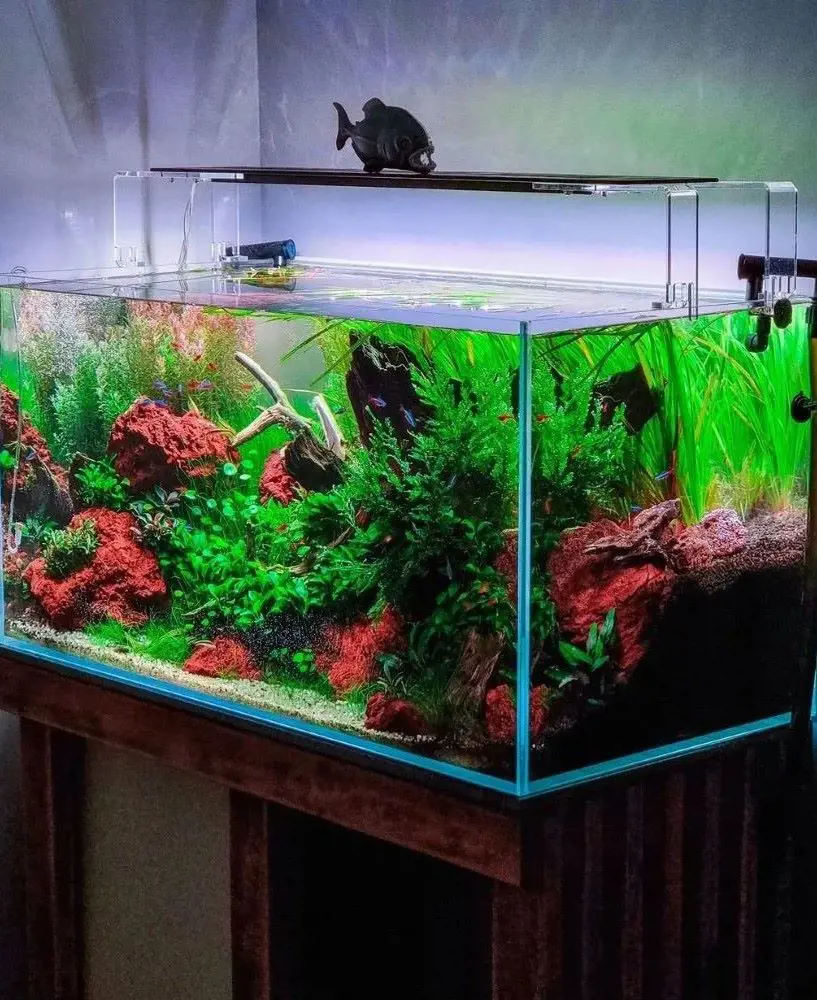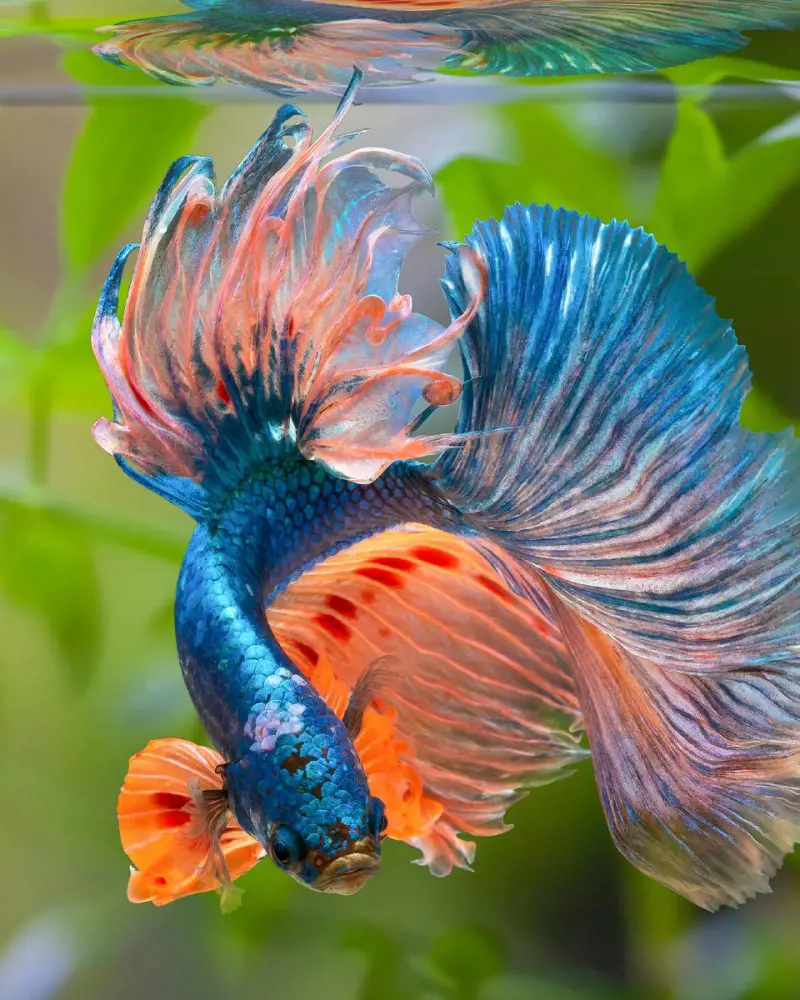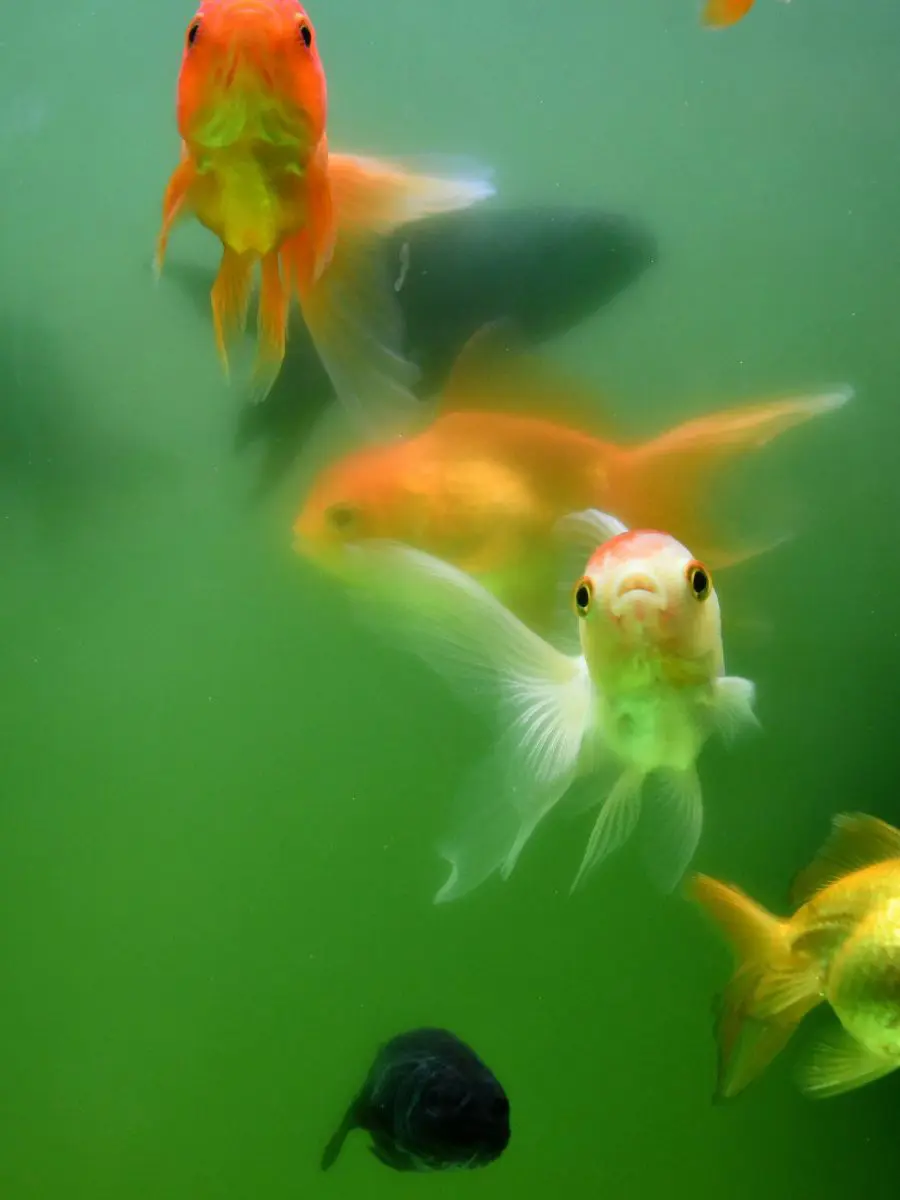Platy Fish Care Guide And Tank Mates
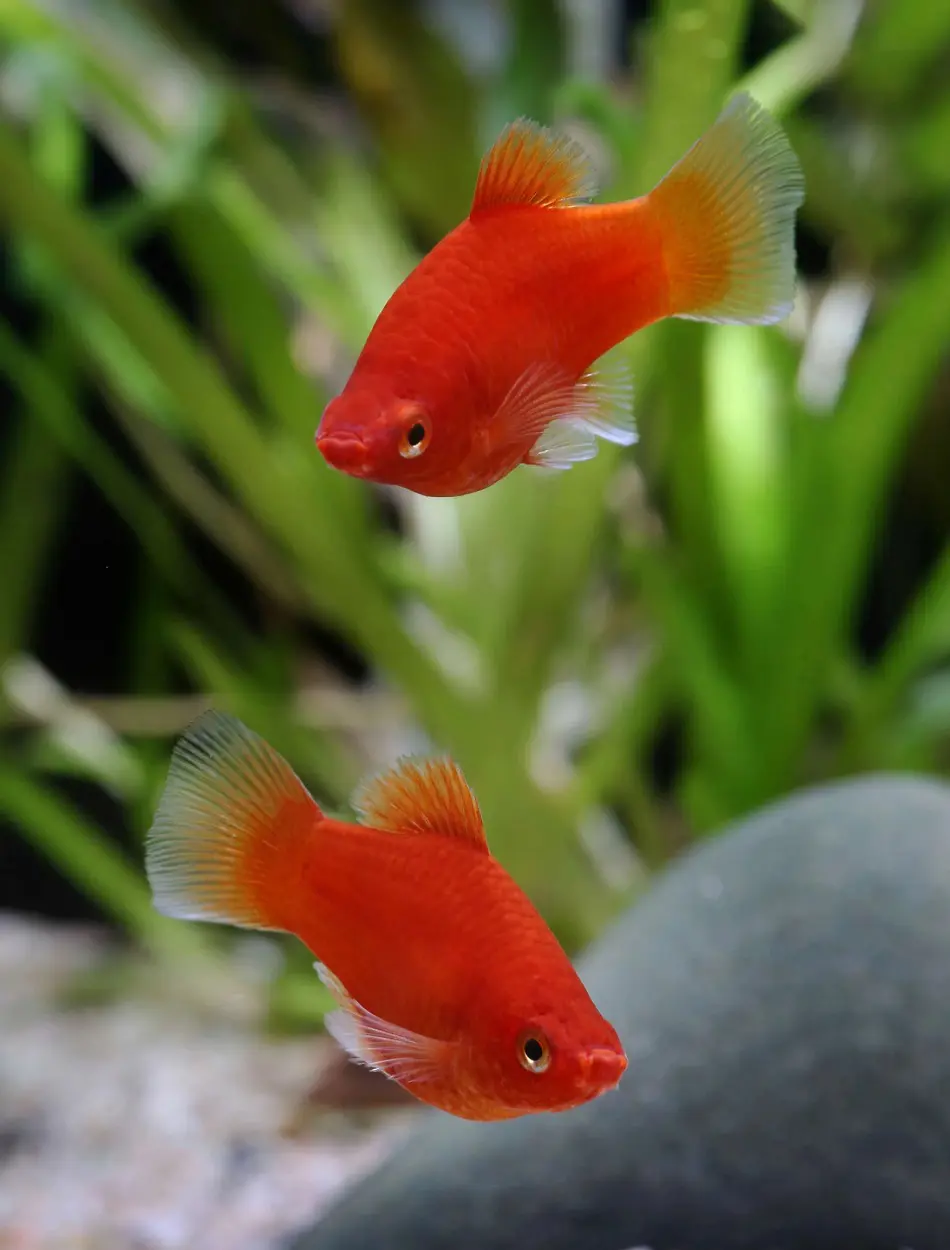
Patty fish are known for their hardy nature and can thrive in a variety of water conditions, making them an excellent choice for both beginner and experienced aquarists. They are peaceful, community fish that get along well with other similarly sized, non-aggressive species.
Knowing some essentials before taking care of platyfish can help them grow happy and healthy. Learn how to choose the right tank and have a complete guide as well! Whether you're new to the hobby or have kept fish for years, this guide will help you create a healthy tank setup for your platyfish.
Ensuring a Balanced Diet
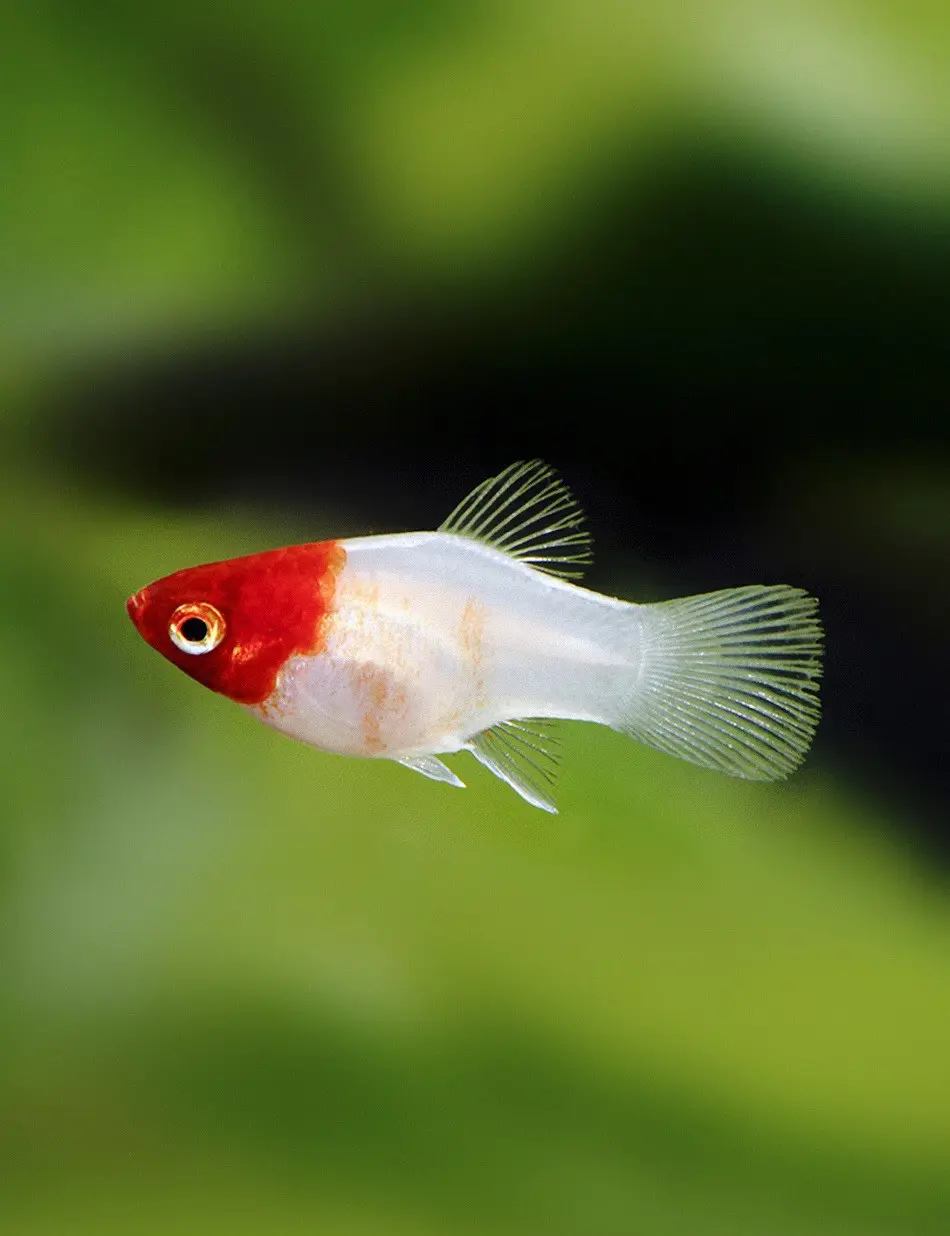
This will help maintain the vivid colors of your platyfish as well as keep it healthy. Platies are omnivorous, so you want food that has a mix of veggies and hearty foods.
In the wild, platies eat algae, plant debris, and small insects. You will want to feed a nutritious diet of varied high-quality flakes, pellet foods, and live/frozen brine shrimp or daphnia in captivity. Foods like blanched spinach or zucchini are rich in fiber and have a good digestive rhythm.
Overfeeding can cause them illness, so feed them in small quantities that they will consume within a few minutes. Twice a day should be enough to give them food and controlling the portion of food and providing variations in their diet will significantly increase their lifespan and their quality of life.
Ideal Platy Fish Tank Setup
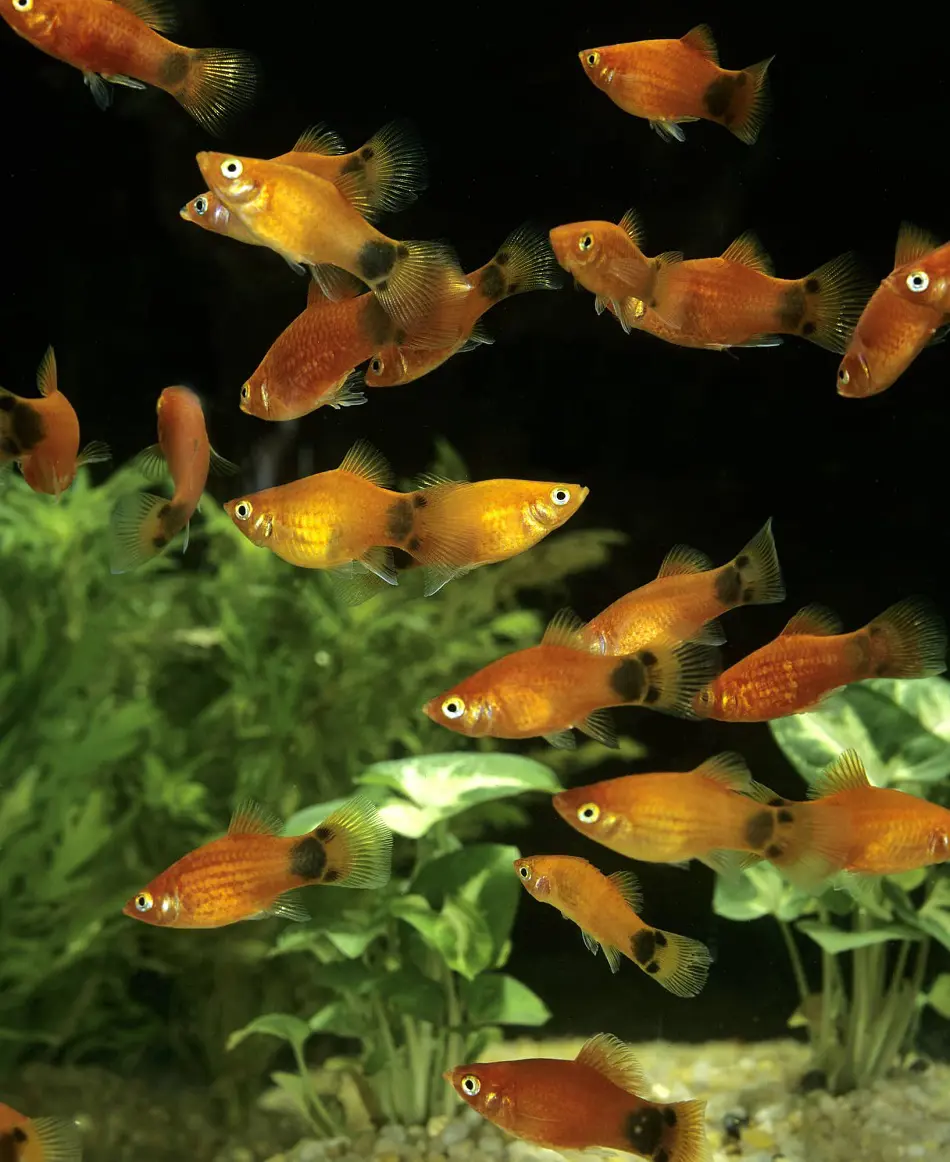
Creating the perfect aquarium for your platyfish is essential to their satisfaction and vivacity. With the correct tank setup, you will be able to give your platyfish a comfortable and stress-free home. Good care and detail in the arrangement of a suitable tank will allow prestige to your platies.
Tank Size and Water Parameters
Platies are very active swimmers and do their best when kept in a group of their own, so the starting tank should be at least 10 gallons.
Platy fish need a well-filtered tank with stable water conditions, so having a good quality filter is important. Platyfish are also sensitive to water parameters, preferring a temperature range of 70-78°F (21-25.6°C) with pH levels between 7.0 -8.2.
It's easiest to maintain a healthy home for your platies by keeping up with regular water changes and monitoring ammonia, nitrite, and nitrate levels
Light and Substrate
These fish do well in more moderate lighting conditions (resembling natural sunlight) and should receive 8 to 10 hours of light daily.
They are not very picky when it comes to the substrate, however getting one that is close enough to their natural habitat can help your fish feel more at home. Fine gravel or sand is an excellent medium for planting aquatic plants and also provides a natural look to the tank. A dark substrate would also cause the bright colors of your platyfish to pop.
The substrate must be soft to avoid hurting the delicate barbels of platyfish through which they hunt. An appropriate substrate in your tank setup will not only improve its aesthetics but is also beneficial for promoting natural behaviors and maintaining health, especially as platyfish are prone to quite a few common diseases if their environment is unsuitable.
Plants and Decorations
Live plants such as Java moss, Anubias, and Amazon swords are fantastic options that will provide shelter for shy fish who prefer darker hiding spots to light but also do their part in absorbing nitrates thus bettering water quality. It makes them feel safer and more secure and encourages their natural behaviors which is essential for their mental stimulation and general welfare.
Along with plants, commercial objects of beauty such as driftwood, rocks, and caves can decorate your tank while giving additional hiding areas. Choose decorations that are suitable for aquariums and have no sharp corners on which fish may injure themselves.
Tank Mates for Platy Fish
Platy fish are typically safe in community tanks since they have a very peaceful temperament. They can live fine with any other small, non-aggressive species like platies, guppies, and swordtail, that require similar water and the same temperament.
Platies should not be kept with large or aggressive fish because they may become prey to such species. Avoid cichlids, large barbs, and other aggressive fish as they will outright attack your platies.
With the right tankmates similar in size to temperament, as well as water parameters, you can create a harmonious community aquarium where your platys will thrive. Have a good tank layout with fish that will get along together in your aquarium.
Behaviors of Platy Fish
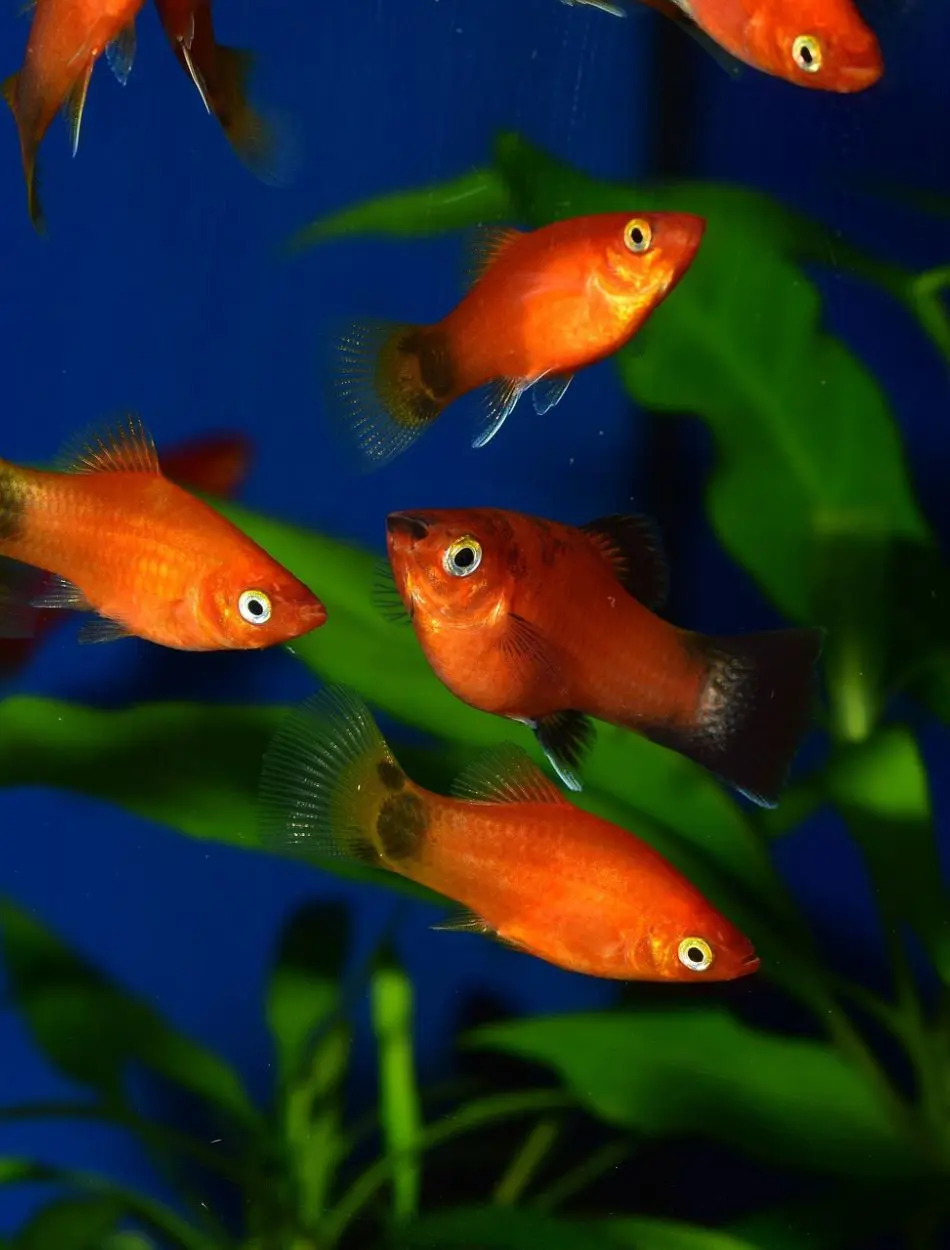
Social Nature
Platy fish have a social nature and are also very active, so these little ones liven up any community tank. They love to swim along in pairs and are often friendly with other relatively peaceful species, making for a dynamic community.
Non-Aggressive Temperament
They are not aggressive and this is another benefit so you can add them to the community tank (although they should be of the same size species). These awesome species are one of the most territorial fish and hardly show this kind of behavior, thus they live well with other fishes in a communal aquarium.
Exploratory Nature
Platies are known to be inquisitive and frequently swim among their surroundings looking at fresh flora, ornaments, or even new conditions. Their eager curiosity keeps them on their toes which can serve to promote a healthy life as well.
Feeding Habits
These fish are very avid eaters and will race to the top as soon you put food for them. They are not finicky eaters, which adds some excitement and movement during feeding time in your tank as they compete for flakes, pellets, or live foods.
Stress Response
Platies, like all fish, are susceptible to stress and the signs vary from hiding or clamped fins to inactive behavior. Watch for these symptoms to catch water quality, tank conditions, or aggressive tank mates.
Breeding Platy Fish
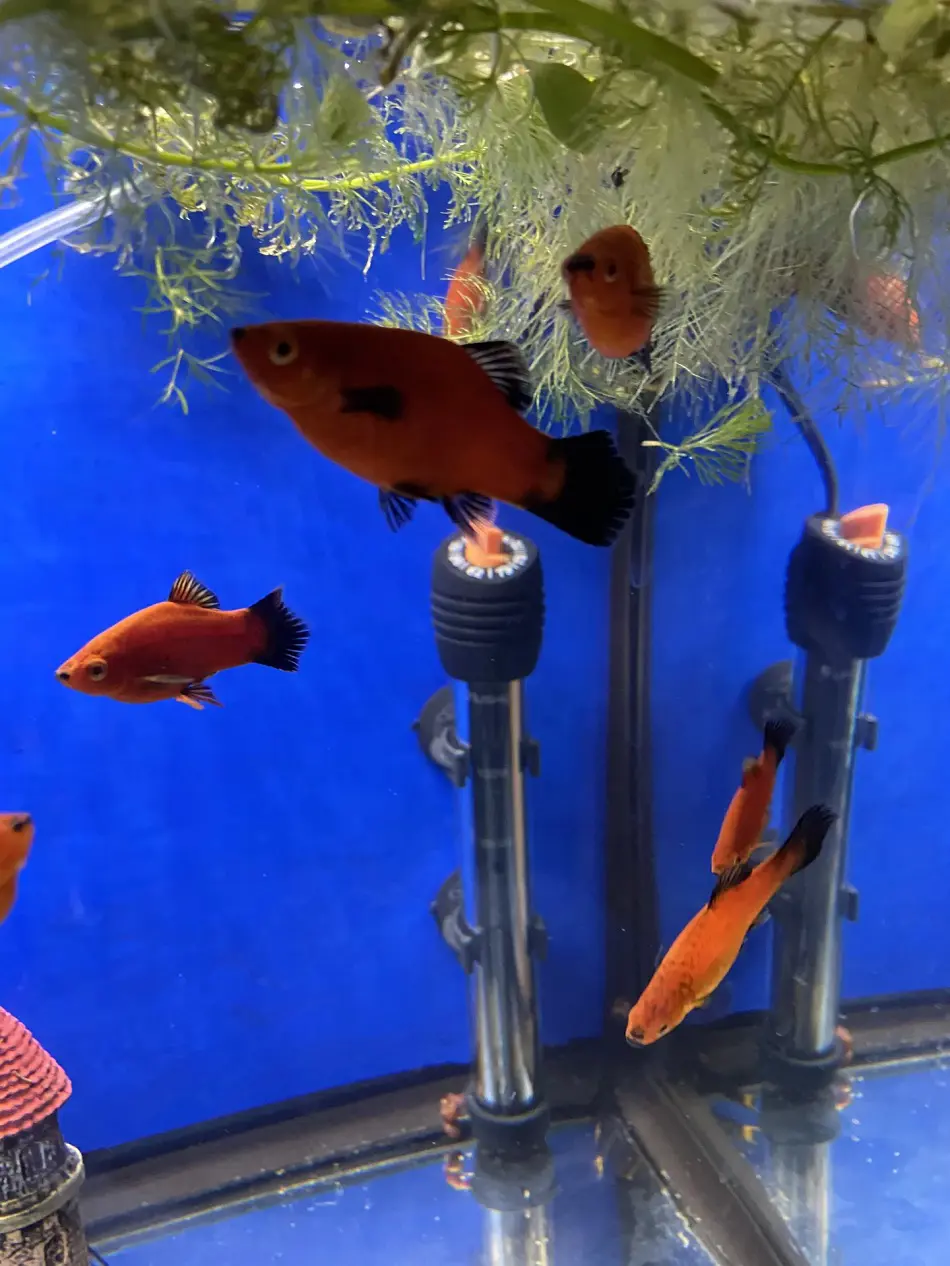
Platyfish are simple to breed, which is great if you want a beginner kind of lifebearer. They are prolific breeders, with females giving birth to live young (known as fry) and may give birth every month or two and produce up to 20-100 new offspring each time.
Taking care of the baby platyfish is also important because it allows an aquarist to witness a delightful lifebearer birth and raise new fish.
Setting Up the Breeding Tank
The survival rate of the fry increases considerably if a controlled environment is provided in the form of separate breeding tanks. For a group of 10, a tank of as small as 5-10 gallons will be perfect to ensure that they have hiding places such as caves or just relatively thick plants for the fry can hide.
Selecting the Breeding Pairs
Select healthy and mature ones for breeding, as the more powerful they are, the greater your possibility of successful reproduction. Provide high protein spawn conditioning diets for breeding pairs to help boost their health and spawn output.
Spawning Process
Platies are lifebearers, so they give birth to fries instead of laying eggs during the breeding process. The adult fish will eat them if you do not move them out right away after the fry hatch, so this is an essential requirement.
Caring for the Fry
Crush-up flake food or specialized fry foods that are provided in small granule sizes for easy consumption by the grown-out fries. Good water quality must be maintained with regular changes of the same to keep fry in a good growth rate and not end up catching diseases.
Platy Tankmates
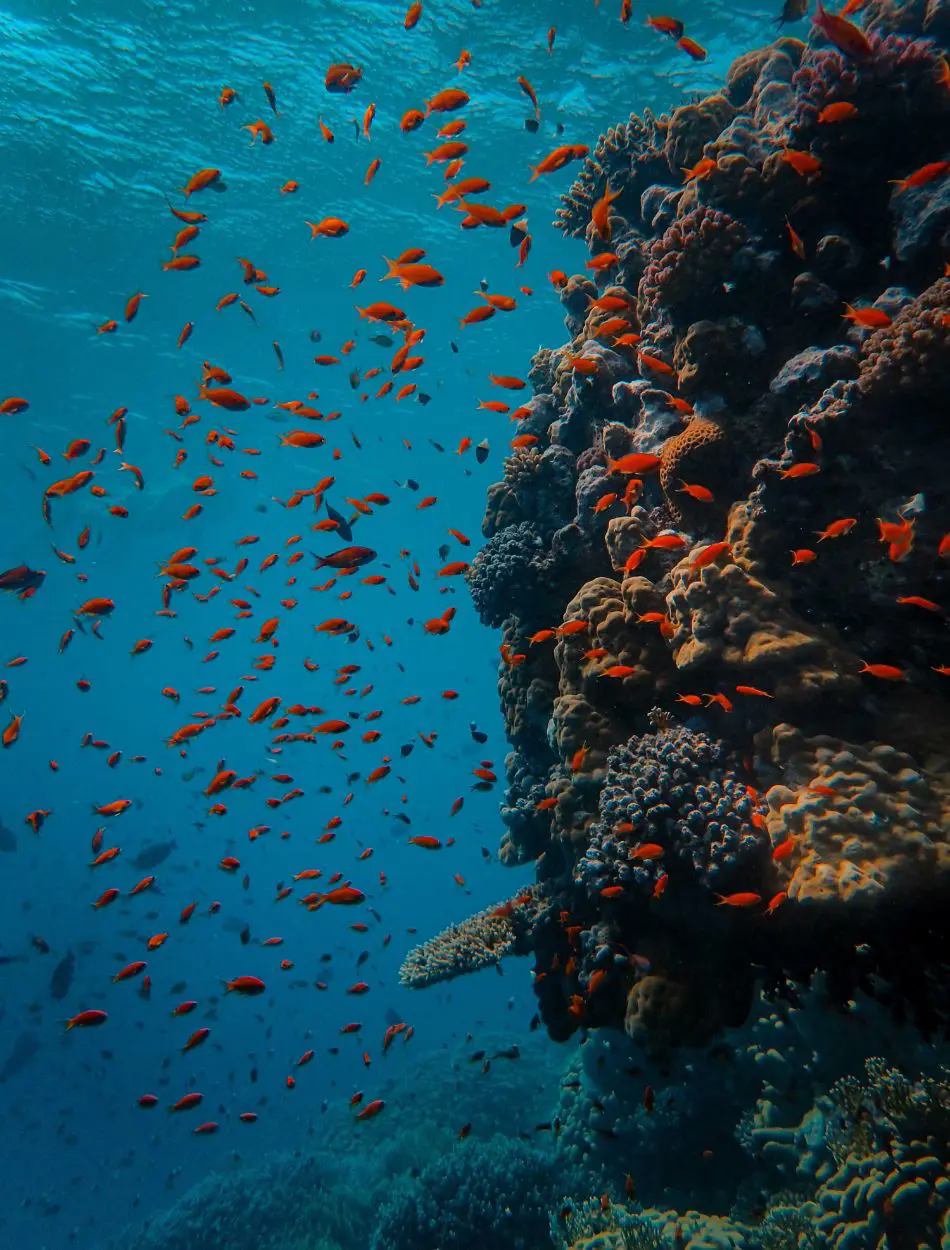
If you are going to house platy fish then it is critically important that those fish aesthetically fit the view of a peaceful and colorful aquarium. Platies are peaceful shoaling fish, best kept in a community tank with other similar water quality and non-aggressive tropical species. From the energetic Zebra Danios to the algae-eating Bristlenose Pleco, these companions ensure balance and provide vitality with a dash of both movement & color.
Molly Fish
Mollie and Platies are the ideal tank mates for this fish as both have the same kind of temperament and diet needs. Growing about 5 inches, mollies are slightly larger than platies so they need a roomy tank of at least 30 gallons. These two are lifebearers, colorful little guys who make an active addition to a community tank.
Guppy Fish
Guppies are another ideal companion for platies, both being easygoing fish and requiring the same water quality. Scientific CategoriesThese little, lively fish are lifebearers just like plates and provide color in any tank. Guppies are also a great choice for those new to keeping tropical fish as they can be tolerant of water conditions and require little care once the tank is established.
Honey Gourami
In a well-planted tank, Honey Gourami is a peaceful fish and can get along with Platies. These small gouramis are bright yellow and don't grow over 2 inches; they do best at the top/middle of your tank. Their peaceful nature and interesting look make them excellent fish for a community tank.
Zebra Danio
They are active, quick swimmers and would be lively tank mates with platies. They behave very well in school, so they feel comfortable moving all over the tank as a unit; which is especially fun to watch. They are resilient fish that have striking stripes and are highly recommended for the 20-gallon community tank.
Cory Catfish
Platies and Cory catfish are a good combination since the corys will remain on dispose of anything that falls to the bottom. They are social fish, who should be housed in groups and will hoover up any leftover food helping keep the tank clean. Their community-friendly, fine nature makes them favorites in community tanks.
Bristlenose Pleco
It is a small bottom forest algae eater fish and makes an excellent companion to platies. Bottom feeders that max out at 6 inches, these fish are effective algae-controlling machines in a tank with lots of nooks and crannies. The aesthetic and tank-pertained abilities they have all make them a worthwhile consideration as a member of your platy community.
Harlequin Rasbora
Peaceful schoolers like Harlequin Rasboras are also happy tank mates for platies. They are small fish with a typically black triangular mark that prefer to reside in the upper and middle sense of depth tier within your tank. They are easy to take care of and can bring new life into a nice, mature community-planted aquarium.
Health Problems Faced with Platy Fish
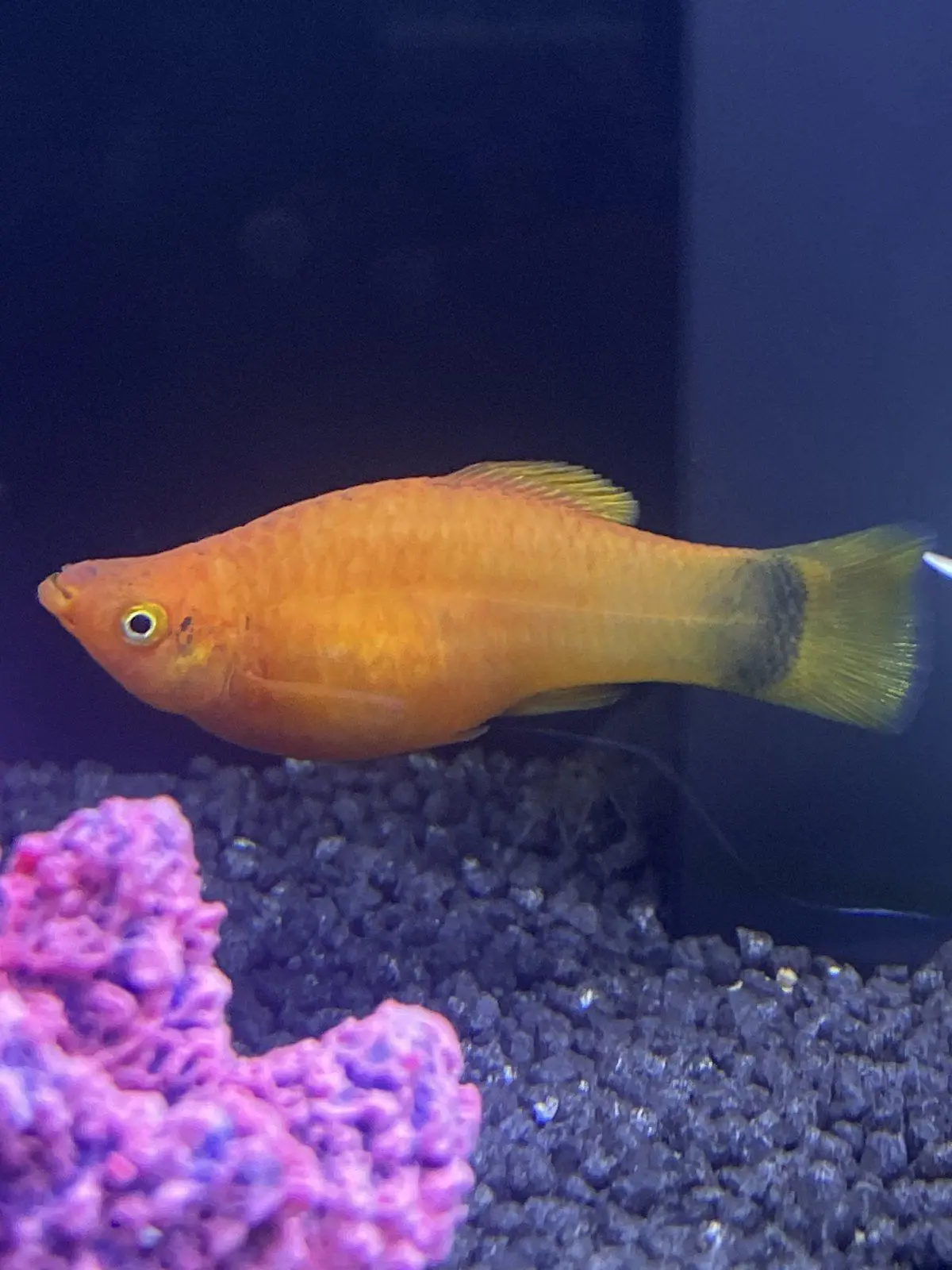
Platyfish are relatively hardy, although they can fall prey to certain illnesses if your tank is not set up correctly. Some of the most common problems are itching, fin rot, and fungal infection that can result from poor water quality or stress on fish injury.
Illness will often be indicated by white spots on the body or frayed fins and may be possible simply through strange behavior (lethargy) with no desire to eat. The sooner a condition can be identified and treated, the less likely it is that it will lead to disease spread or long-term illness.
The best way to prevent diseases in platyfish is by keeping the water quality stable and as clean as possible. Common sense things like excellent filtration, full water changes about every 2 weeks, and no overcrowding are important for the bearing of your platies.
If you notice any signs of health problems in them, it's important to treat them quickly with proper medication in isolation. It significantly impacts the well-being of all the fish in the tank.
Ensuring Long-Term Health
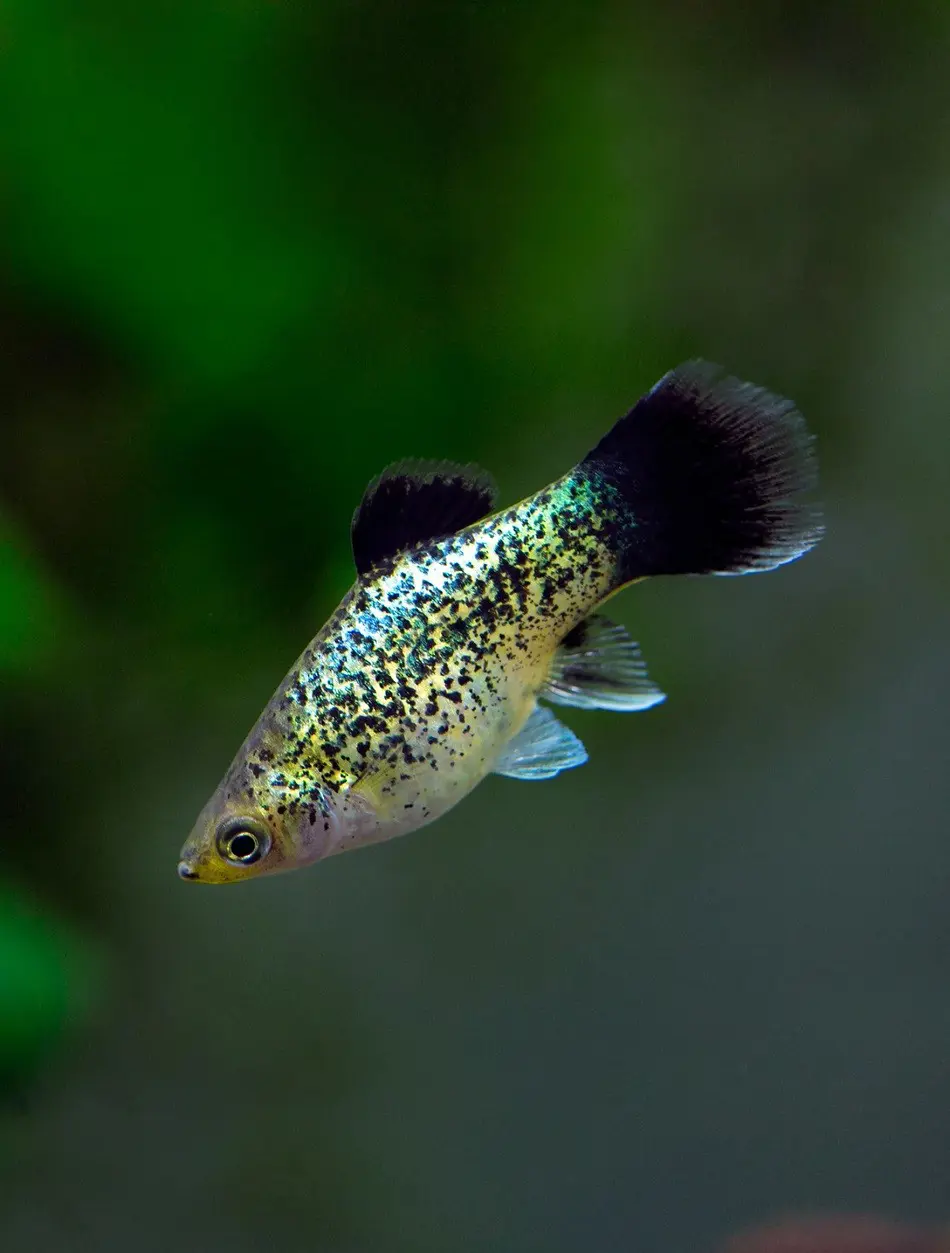
In the long term, the colorful life of your platy fish always takes care of all the steps. Regular water changes, usually weekly, are required for good maintenance of your tank and to keep toxins such as ammonia nitrates in check. Also, regularly testing the water parameters of the pH lever ammonia nitrite and nitrate levels can alert you to an issue before it's a problem.
Your platies will also need a diverse and nutritious diet to keep them healthy over the long term. Providing a good variety of flake food, pellets, and occasionally live or frozen foods will provide the best nutrition to keep them healthy and looking their brightest. Keeping a daily eye on your fish and watching for changes in behavior or appearance are essential components to working against all the signs of stress mentioned.
Keep an eye on your health and due diligence in caring for platyfish to ensure they have a long-living, healthy life. Offering an appropriate home and food will substantially help them with their health as well, significantly contributing to how long they live.
Effects of Seasonal Change
Your platy fish along with your Fish Tank can have an impact due to time of year changes Although platies are hardy fish, they can still be affected by fluctuations in temperature, light, and water quality that directly affect your platy health as well.
Temperature Changes
Platy fish enjoy a stable water temperature of 70°F to 78°F (21°–26°C), and, particularly in the winter months when they are more sensitive, adding an aquarium heater is quite important if you want your lifebearers to live healthily with high fecundity.
Monitoring the variation, usually by using a thermometer regularly, rapid temperature changes can cause undue stress on your platies, which may translate into some health issues down the road.
Natural light and Photoperiod
Platies are typically kept in a natural light cycle for around 10-12 hours of the day. Cycling an aquarium light utilizing a timer will guarantee your fish are exposed to consistent photoperiods that mimic their natural behaviors, while also promoting good health.
They need time to adjust when the light changes as extended periods without direct sunlight or with too much will stress them out and disturb their daily schedule.
Water Quality Adjustments
This would also vary depending on seasonal changes and alter the water quality in your aquarium. Pharaonic variants of pH and minerals can also influence your Platy.
You should test the waters very often, especially when transitioning between seasons and you must make changes if necessary so that conditions are kept well controlled towards what is ideal for your platyfish. Being proactive in this way will avoid stress and health problems.
Behavioral Observations
One way to monitor the behavior of your platyfish through seasonal transitions is to be a good indicator that they are potentially not in any distress. Signs of stress or changes to their activity levels might mean that some elements in the household need adjusting.
Paying attention to these behavioral cues will help you make sure the health and joy of your platies are maintained throughout the season.
Controlling Algae in the Tank
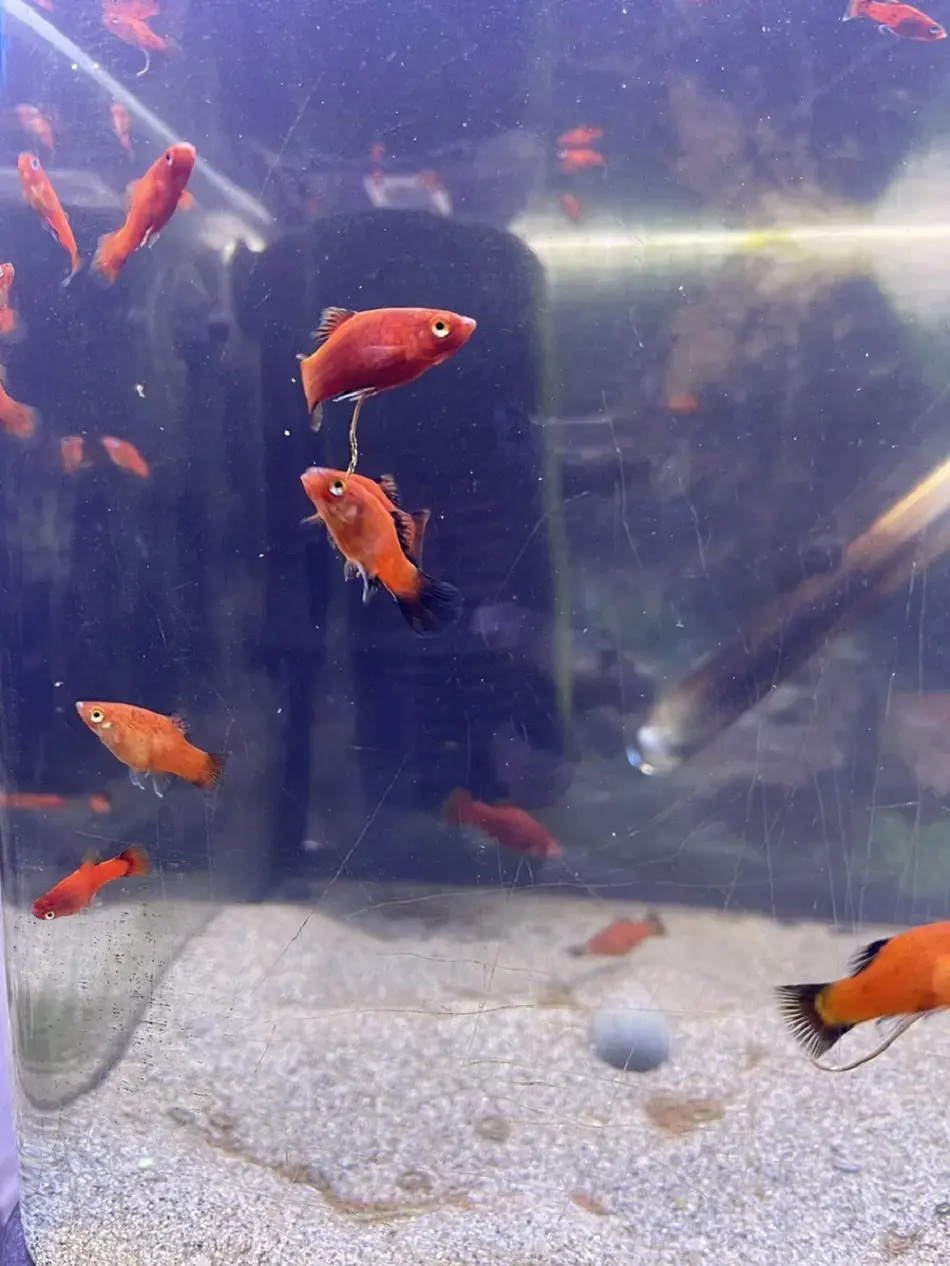
Algae growth is a common issue in aquariums but it can be maintained properly with the right strategies. Some algae are perfectly normal as well as beneficial, but an over-abundance can suggest that the tank has hit a state of equilibrium. Factors such as too bright of a light, overfeeding, and high nutrients may also accelerate algae growth rates.
For the management of algae, you need to limit light exposure and not overfeed them and you can introduce algae-eating invertebrates but keep in mind that they are compatible with platyfish. Clean the tank regularly at least every week to reduce water stagnancy and add more plants as it can sequester nutrients from algae.
An efficient filtration system and regular water changes will always help in keeping the nutrient levels under control, thus minimizing the risks of algae blooms. By keeping a watchful eye on algae levels and making sure you keep everything in proper balance, your aquarium will stay healthy.
Top Lists

